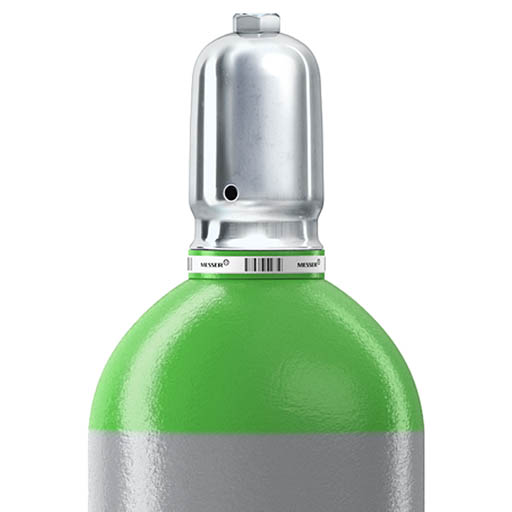Balloon Helium Utilization
Whether for a wedding, a club celebration, a child’s birthday, an advertising medium for a business launch, a publicity event, or a city festival, balloons are not only popular among children and the young at heart, but also attract impressive media attention. Balloons create a fanciful, lively and cheerful atmosphere to boost your event, which you will treasure for a long time to come. With our balloon helium you can be sure that your balloons really do take off!
Balloon Helium - How many balloons can I fill?
Balloon helium from Messer is easy and safe to use. Helium is a colorless inert gas, much lighter than air. Only the pressure contained in the cylinders requires particular attention. Balloon helium is stored in cylinders under a pressure of 200 bar. The shoulder of the balloon helium cylinders is brown. Messer offers balloon helium in the following cylinder sizes:
|
|
|
|
||
|
|
|
|
||
|
|
|
|
|
|
|
|
|
|
|
|
|
|
|
|
|
|
|
|
|
|
|
|
Balloon Helium - How much weight can a balloon carry?
The specific weight of helium in normal ambient conditions is about 0.18 kg/m3, while that of air is about 1.21 kg/m3. The difference between these means that there is a theoretical buoyancy of about 1 g per liter of helium. In the case of helium balloons, adequate buoyancy is guaranteed if the weight of the balloon and attachments (string, cards) is less than about 0.5 to 0.6 g per liter of balloon volume. The most commonly used measure to indicate the size of balloons is the diameter (d) in cm. The volume (V) in liters is then calculated as follows: V (liters) = (0.524/1000) x (d (in cm))3. As such, a spherical balloon with a diameter of 30 cm has a volume of 14.1 liters and sufficient buoyancy for a weight of about 7 to 8.5 g. Pear-shaped balloons with an equal diameter have a slightly greater volume. For bigger balloons or air ships the buoyancy has to be calculated individually.
General Advice
In the following, we would like to give some general advice in using balloon helium:
- With latex balloons, the gas escapes through the balloon walls within approximately 14 to 16 hours; therefore, latex balloons should only be filled immediately prior to the planned event.
- The use of balloon helium in rooms is permitted; but make sure that there is adequate ventilation.
- Do not inhale balloon helium directly. Although balloon helium is not toxic, it displaces vital oxygen from the lungs!
- The use of hydrogen instead of balloon helium is prohibited for safety reasons!

